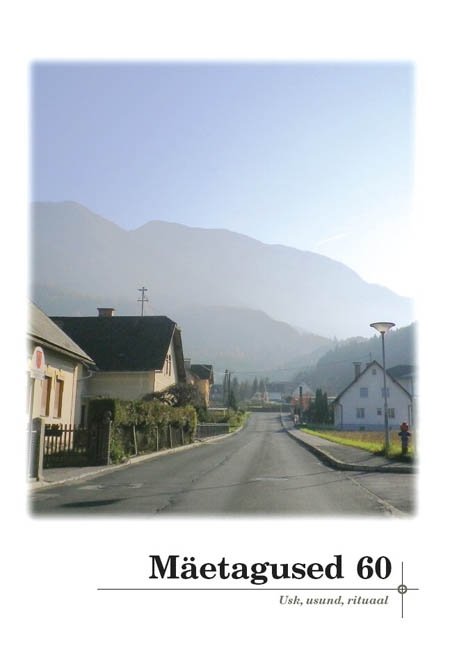Õigeusu kese eestikeelse õigeuskliku silmis: ühe kvalitatiivse uuringu tulemused
Centre of Orthodoxy as Seen by Estonian Orthodox: Results of a Qualitative Research
Author(s): Liina EekSubject(s): Customs / Folklore
Published by: Eesti Kirjandusmuuseum
Keywords: antagonism; dimensions of religion; Orthodoxy in Estonia; qualitative research method; religious identity
Summary/Abstract: The article points to the aspects of Orthodoxy that Estonian-language Orthodox regard as essential. The results discussed in the article were obtained in the course of a religious-sociological study. The article presents plenty of citations from interviews, which explain why people consider Orthodoxy as special and different from other confessions. Answers are categorised on the basis of Ninian Smart’s classification of the dimensions of religion. The informants mentioned all the seven dimensions of religion as being in the centre of Orthodoxy: practical and ritual, narrative and mythic, experiential and emotional, social and institutional, ethical and legal, doctrinal and philosophical, and material. The aspects referred to most often were related to experiential and emotional and ritual dimensions. The informants emphasised the experientiality of Orthodoxy, the stability of traditions, and genuine prayer life in comparison with other confessions, which, in combination, makes the Orthodox feel cosy and homelike. Orthodoxy is seen as consistent and all-embracing, enabling freedom of thought and action. The absence of a strict application of the canons of the church (oikonomia) inherent in Orthodoxy tends to be used as an excuse, to ignore the rules that seem to be unpleasant. The phenomena associated with the material dimension were also mentioned rather often. The philosophical dimension was more important for the clergy and those who had studied theology. The narrative dimension, especially the narrative about the arrival of Orthodoxy, occupied a central place among the Setomaa Orthodox. The ethical dimension in association with Christian love was mentioned more often than in connection with other ethical aspects, which were rather exceptional cases. Regarding the institutional dimension as the centre of Orthodoxy was also rather exceptional. The article also discusses shaping of the opinion about Orthodoxy, its connection to religious identity, and the role of opposition to other confessions therein.
Journal: Mäetagused. Hüperajakiri
- Issue Year: 2015
- Issue No: 60
- Page Range: 95-126
- Page Count: 32

